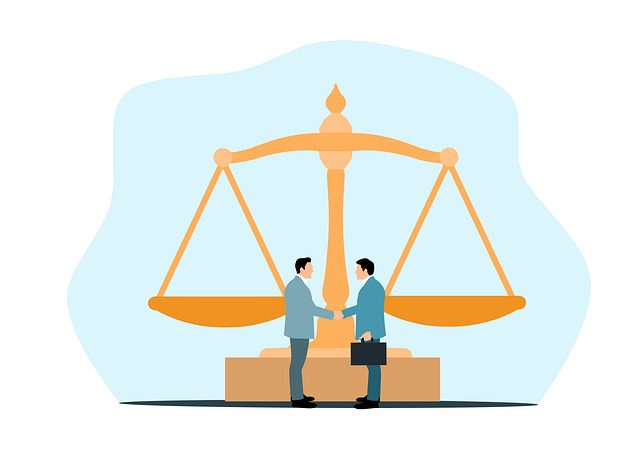Understanding DUI liability for property damage requires a nuanced approach considering damage severity, local laws, and prior convictions. Legal systems often enhance punishments for repeat offenses as deterrents. However, Recidivism Reduction Strategies like counseling, community service, and specialized programs can break substance abuse cycles, mitigate liability, and reduce future risks. These strategies create safer communities by addressing root causes, promoting accountability, and offering rehabilitation paths, ultimately preventing future DUI incidents.
In the intricate web of legal responsibilities, the intersection of Property Damage and DUI (Driving Under the Influence) presents a complex challenge. This article delves into the multifaceted aspect of understanding property damage DUI liability, exploring key factors and legal implications that shape this critical issue. Furthermore, it highlights Recidivism Reduction Strategies, focusing on how communities can foster safety by addressing DUI-related property damage effectively. By examining these aspects, we aim to contribute to safer, more informed societies.
- Understanding Property Damage DUI Liability: Key Factors and Legal Implications
- Recidivism Reduction Strategies: Addressing DUI Property Damage for Safer Communities
Understanding Property Damage DUI Liability: Key Factors and Legal Implications

Understanding Property Damage DUI Liability involves recognizing key factors and their legal implications. When a driver under the influence (DUI) causes property damage, several elements come into play. These include the severity of the damage, the jurisdiction’s laws regarding DUI penalties, and prior conviction history—all of which can significantly impact liability and potential recidivism reduction strategies.
Legal systems often consider repeat offenses more seriously, aiming to deter future incidents through enhanced punishments. Recidivism reduction strategies may include counseling, community service, or participation in specialized programs designed to address the underlying causes of DUI behavior. Such approaches not only mitigate liability but also foster driver rehabilitation, aiming to break the cycle of substance abuse and reduce the risk of future property damage incidents.
Recidivism Reduction Strategies: Addressing DUI Property Damage for Safer Communities

Reducing recidivism is a key strategy in fostering safer communities and breaking the cycle of DUI-related property damage. Comprehensive programs that address the underlying causes of repeat offenses are essential. These may include intensive counseling, behavioral therapy, and support groups that help individuals understand and manage their impulses and behaviors. By providing alternative coping mechanisms and personal growth opportunities, these strategies aim to prevent future incidents.
Additionally, community engagement and education play a vital role. Public awareness campaigns can highlight the impact of DUI property damage, encouraging responsible behavior. Imposing stricter penalties for repeat offenders while offering rehabilitation options sends a clear message that such actions will not be tolerated. This balanced approach promotes both accountability and a path to positive change, ultimately contributing to safer neighborhoods.
In addressing property damage caused by DUI, Recidivism Reduction Strategies are vital for fostering safer communities. By understanding key factors and legal implications, we can implement effective programs that break the cycle of repeat offenses. These strategies not only hold offenders accountable but also provide support to help them rehabilitate, ultimately reducing the risk of future damage and enhancing public safety.






